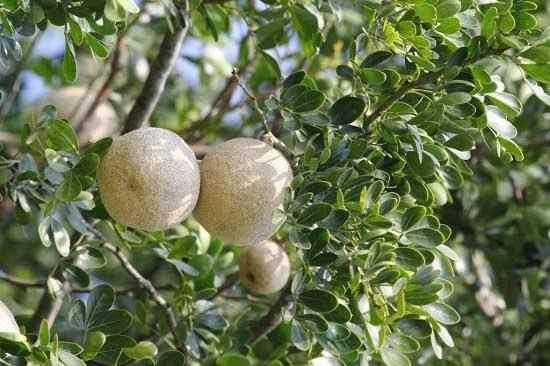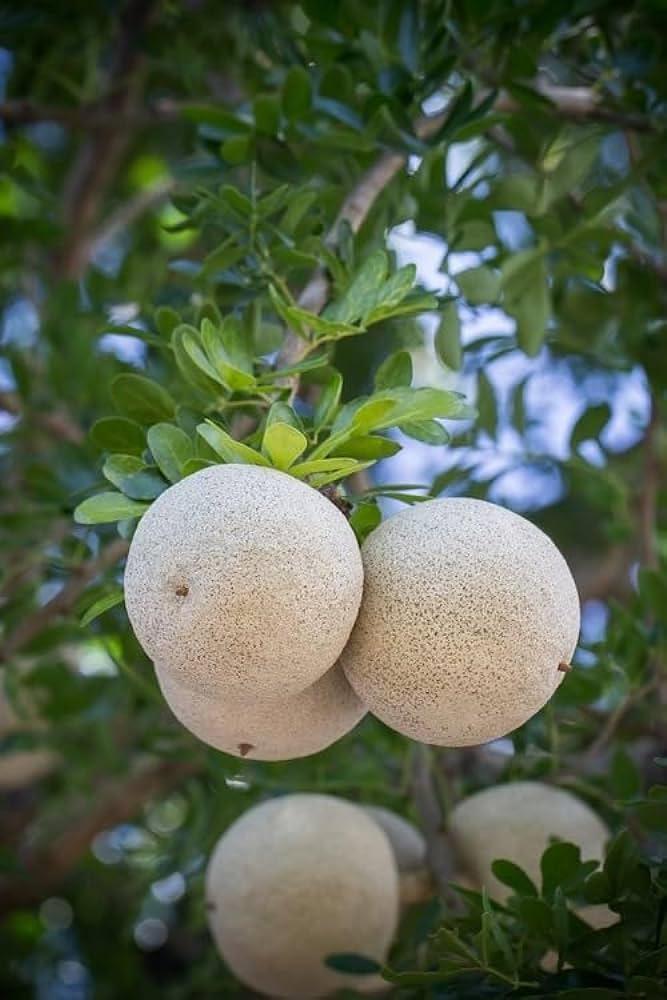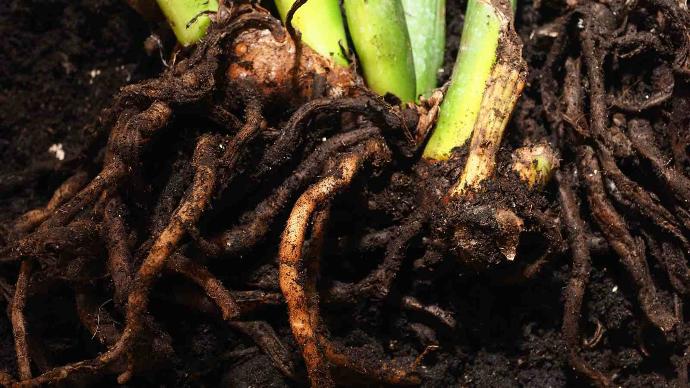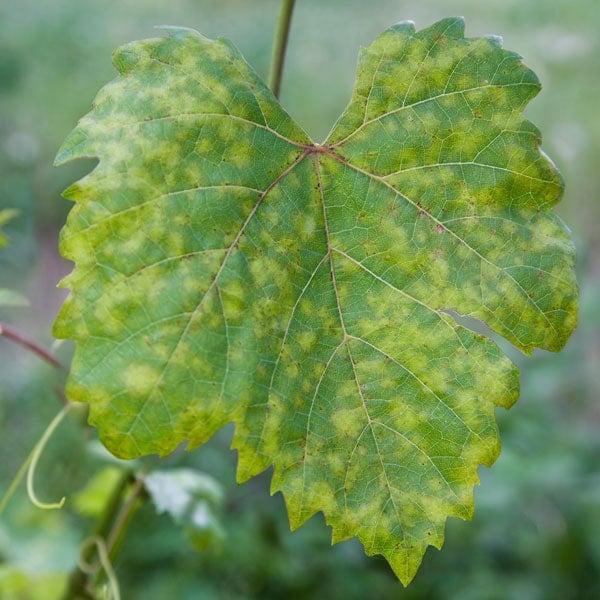Velaga Plant
Velaga, commonly called as Wood Apple, possibly referring to a specific plant variety, may have varying care requirements. Generally, provide well-draining soil, appropriate sunlight, and regular watering. Pruning and fertilizing practices may vary based on the specific characteristics of this plant.
Habit
Shrub
Height
4 to 5 m
Growth
Slow
Soil
Well-drained, Sandy Loam
Shade
Bright indirect light
Moisture
Moderate
Edible
Yes
Medicinal
Yes
Origin
India
Climatic Condition
Tropical, Subtropical
Temperature (°)
25°C to 35°C
Humidity (%)
60% to 80%
Potting media
50% Loam, 40% Sand, 10% Organic Matter
Fertilizers
Organic Fertilizer
Watering
Regular watering
Plant Weight
5 to 10 kg
Flowering Time
Spring to Summer
Soil Ph level
6.0 to 7.5
Water Ph level
6.0 to 7.0
Soil EC
0.5 to 0.8 mS/cm
Yield Per Plant
20 to 30 kg per plant
NPK ratio
10:10:10
life Span
20 to 30 years
Health Benefits
Medicinal, High in Vitamin C
Suggested Grow Media or Potting Mix ?
50% loamy soil, 30% compost, 20% sand
Suggested Fertigation/Fertilizers
Fertilize every 4 weeks with a balanced fertilizer.
Common Diseases and Remedies
Root rot, mildew and mould.
Roots get mushy and smelly, White powder appears on the upper side of the leaf.
Avoid over watering and Remove the infected part.
Cinnamon fungicide can be sprayed 2-3 applications in 15days interval. thiram or benomyl can be sprayed
HEALTH BENEFITS
1. Digestive Health:
o The plant's leaves and fruit are used to treat digestive problems. It is known for its ability to help relieve constipation and promote overall gut health.
o The fruit of the plant is believed to have laxative properties.
2. Anti-inflammatory:
o Velaga has anti-inflammatory properties, which can be beneficial for conditions like arthritis and other inflammatory diseases. It may help reduce swelling and ease pain.
3. Blood Sugar Control:
o Some studies suggest that the Velaga plant can help regulate blood sugar levels, making it beneficial for people with diabetes.
4. Antioxidant Properties:
o The plant is rich in antioxidants that help fight free radical damage, slowing down the aging process and preventing cell damage.
5. Antibacterial and Antifungal:
o The plant has natural antibacterial and antifungal properties, which can help treat infections and improve overall skin health.
6. Wound Healing:
o In traditional medicine, the leaves of the Velaga plant are applied to wounds to promote faster healing and reduce infection.
7. Cardiovascular Health:
o Some traditional uses of the plant include improving heart health and circulation, as well as lowering cholesterol levels.
What Is An Velago Tree?
The "Velaga" plant, logically known as "Abelmoschus esculentus," is normally alluded to as okra or woman's finger. It is a warm-season vegetable broadly developed in tropical and subtropical districts for its consumable green units. Having a place with the mallow family (Malvaceae), Velaga is described by its tall, tough stem, enormous palmate leaves, and hibiscus-like blossoms. The plant can arrive at levels of up to 6 feet (2 meters) and delivers stretched, ribbed cases going from 2 to 7 inches (5 to 18 centimeters) long.

What Are The Different Types Of Velaga Plants?
1. Clemson Cowardly:
Known for its gutless cases and high efficiency, this assortment is broadly filled in numerous areas.
2. Emerald:
A well known assortment with dull green, gutless units that are delicate and delightful.
3. Burgundy:
This assortment stands apart for its striking burgundy-hued cases, which add visual interest to dishes.
4. Annie Oakley II:
Perceived for its initial development and exceptional returns, with delicate, cowardly units.
5. Louisiana Green Velvet:
One more famous assortment with dull green, gutless units that are prestigious for their delicacy and flavor.

How to Care Velaga Plant ?
1. Location
Well known areas for developing velaga incorporate pieces of Africa, South Asia, the Center East, and the southern US. In these areas, the warm environment and adequate daylight give ideal circumstances to velaga plant development and creation.
2. sunshine
Velaga plants, usually known as okra or woman's finger, require a lot of daylight to develop and create sound harvests. They flourish in full sun conditions, which regularly implies somewhere around 6 to 8 hours of direct daylight each day. In hotter environments, they can endure significantly more daylight.
3. soil
Velaga plants, otherwise called okra or woman's finger, flourish in very much depleted, prolific soil with a pH level somewhere in the range of 6.0 and 7.5. While they can endure a scope of soil types, including sandy, loamy, or mud soils, it's fundamental for the dirt to be very much depleted to forestall waterlogging, which can prompt root decay and different issues.
4. Hydration
Velaga plants, normally known as okra or woman's finger, require reliable hydration to flourish and deliver solid harvests. Satisfactory watering is fundamental, particularly during the developing season when the plants are effectively creating and fruiting.
5. Nourishment
Nitrogen (N)*: Nitrogen is fundamental for advancing rich vegetative development in velaga plants. It assumes an essential part in the development of leaves, stems, and in general plant force. Consolidating nitrogen-rich manures or natural revisions, like fertilizer or matured compost, into the dirt can assist with providing this fundamental supplement.
6.Issues
Velaga plants are vulnerable to irritations, for example, aphids, whiteflies, bug insects, and caterpillars. These vermin can harm the foliage, blossoms, and units, prompting decreased yields. Standard examination and opportune utilization of fitting vermin control measures, for example, insecticidal cleanser or neem oil, can assist with overseeing bug pervasions.
1. *Rich in Nutrients*: Velaga pods are low in calories and rich in essential nutrients, including fiber, vitamins C and K, folate, and minerals such as magnesium and potassium. These nutrients support overall health and wellbeing.
2. *Dietary Fiber*: Velaga is an excellent source of dietary fiber, which promotes digestive health by regulating bowel movements, preventing constipation, and supporting a healthy gut microbiome. Fiber also helps lower cholesterol levels and stabilize blood sugar levels.
3. *Antioxidant Properties*: Velaga contains various antioxidants, including vitamin C, flavonoids, and polyphenols, which help neutralize harmful free radicals in the body, reduce oxidative stress, and protect cells from damage. Antioxidants are associated with a reduced risk of chronic diseases such as heart disease, cancer, and diabetes.
FAQs About Growing Velaga
1. how to maintain velaga plant?
Provide consistent moisture to velaga plants, especially during the growing season. Water deeply and regularly, keeping the soil evenly moist but not waterlogged. Avoid overwatering, as it can lead to root rot. Mulching can help conserve soil moisture and reduce water evaporation.
2.what are the uses of velaga plant ?
Velaga pods are commonly used in cooking and can be prepared in numerous ways. They can be chopped and added to soups, stews, and curries to add flavor, texture, and thickness. Velaga can also be sautéed, stir-fried, grilled, or roasted as a standalone vegetable dish or as part of a mixed vegetable medley.
3 .can I grow velaga plant indoor ?
Velaga plants require plenty of sunlight to thrive and produce healthy crops. If you're growing them indoors, choose a bright location with access to at least 6 to 8 hours of direct sunlight per day. Placing the plants near a south-facing window or using grow lights can help supplement natural sunlight.
4. which pot is best for growing velaga plant?
Velaga plants have deep root systems and can grow quite tall, so choose a pot that is large and deep enough to accommodate their mature size. A pot with a diameter of at least 18 to 24 inches (45 to 60 centimeters) and a depth of 12 to 18 inches (30 to 45 centimeters) is recommended to provide ample space for root growth and stability for the plants.
5. from where can i shop velaga plant ?
Visit local nurseries or garden centers in your area that specialize in vegetable plants. They often carry a variety of vegetable seedlings, including velaga plants, especially during the growing season. Nursery staff can provide guidance on selecting healthy plants and offer tips for successful cultivation.

